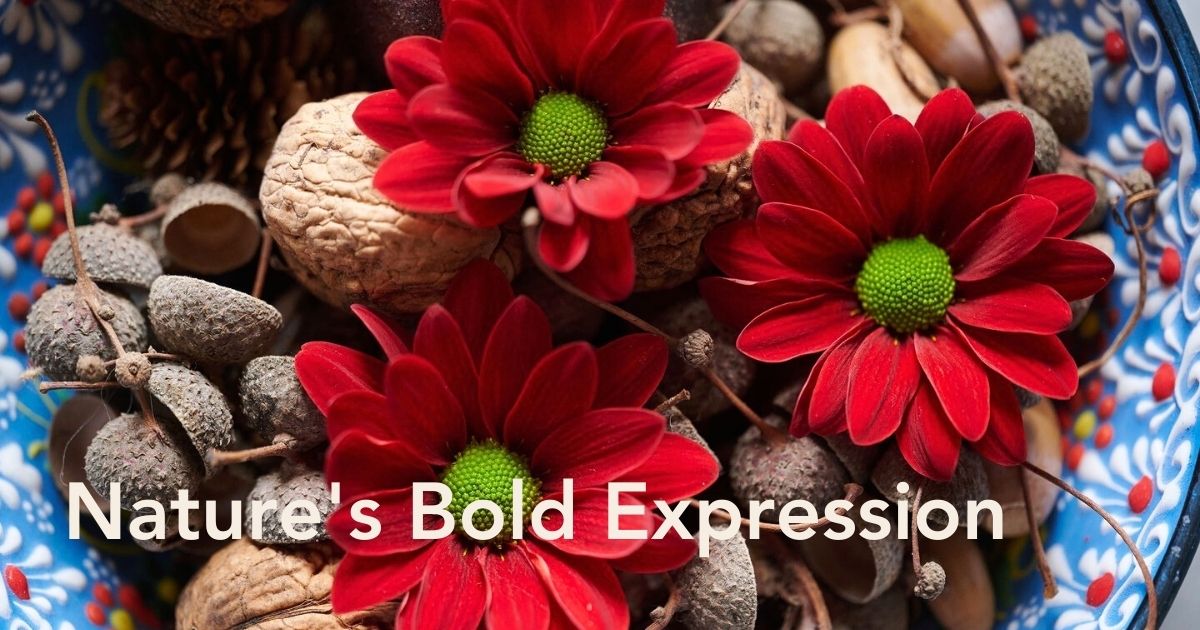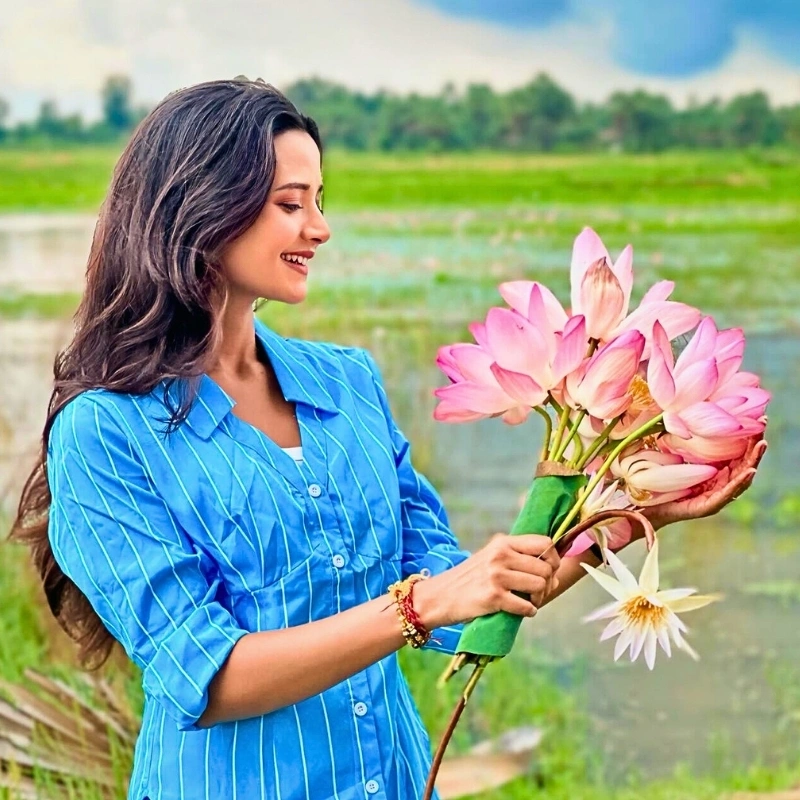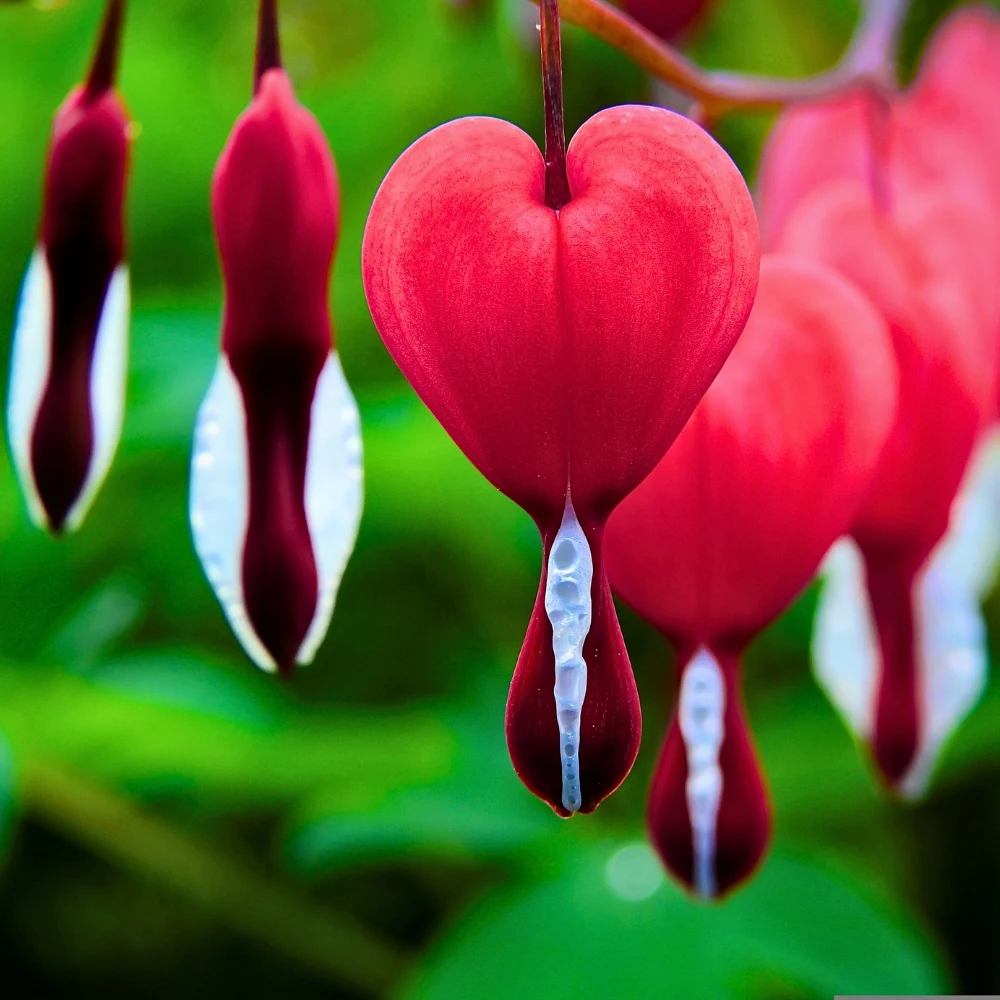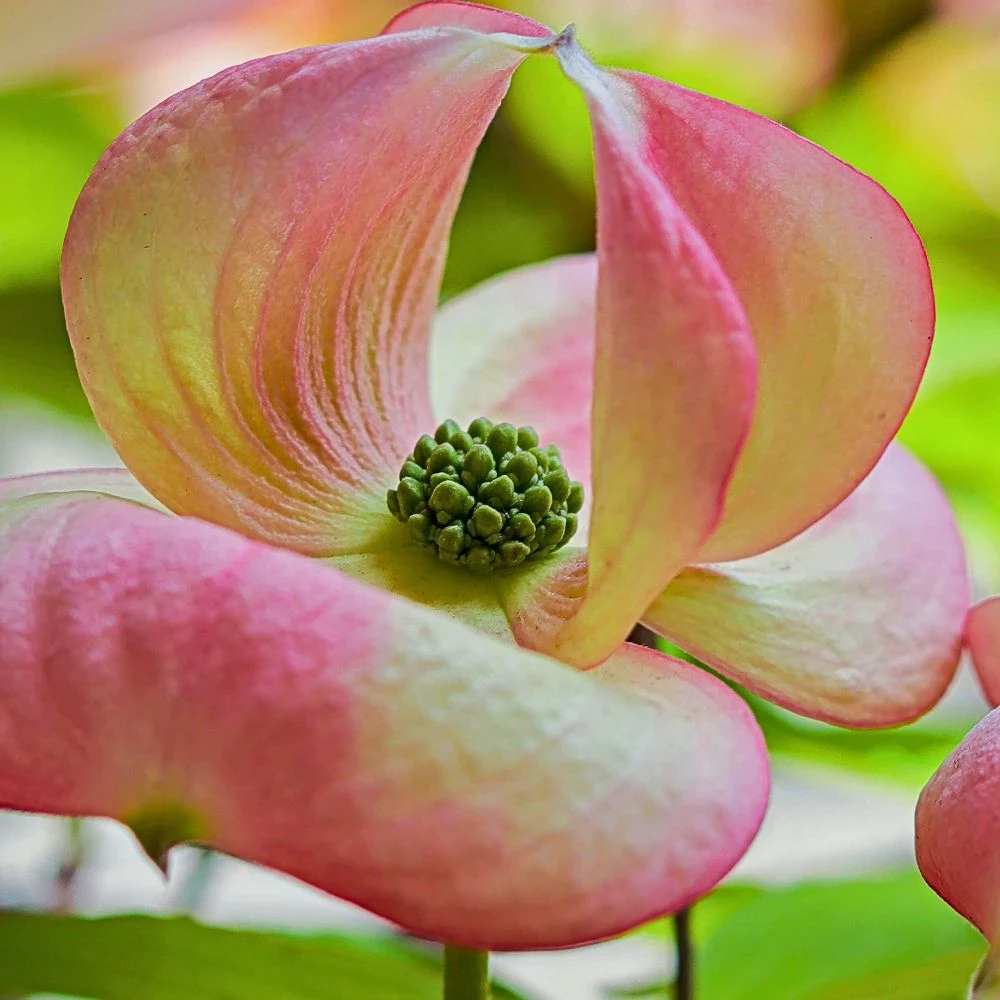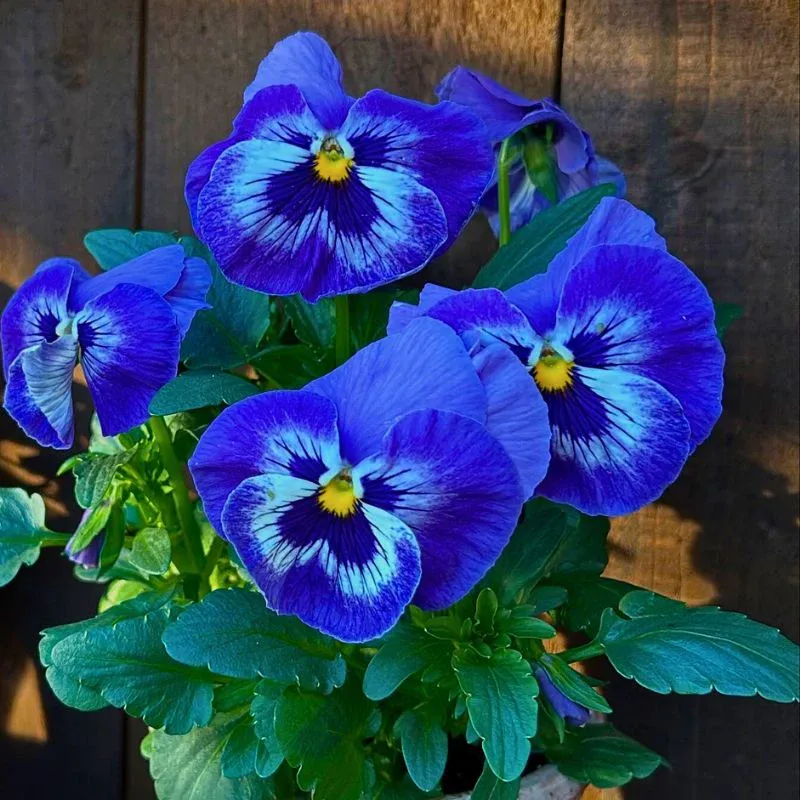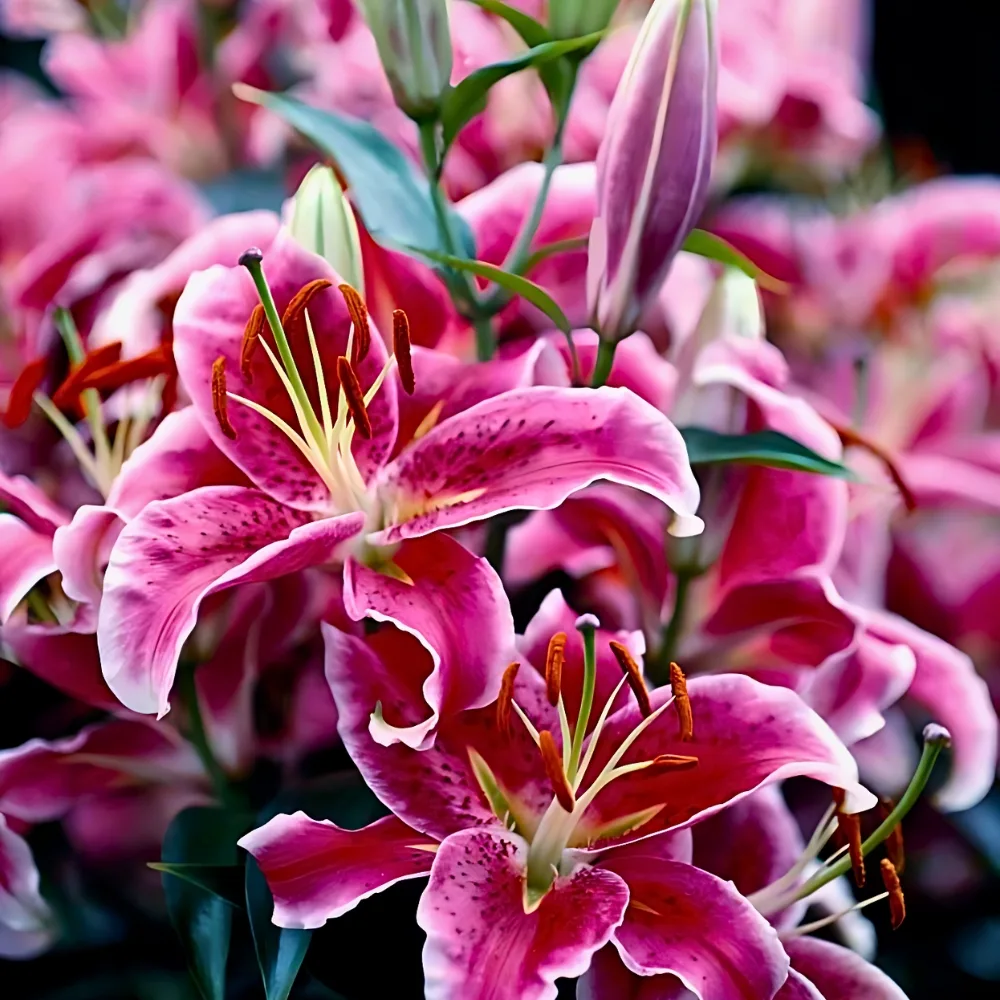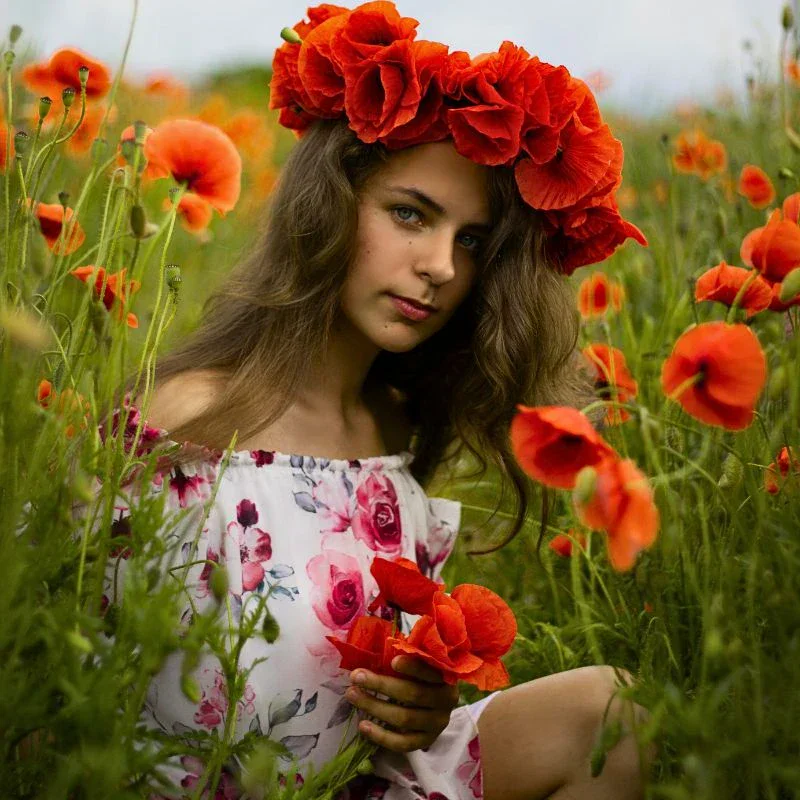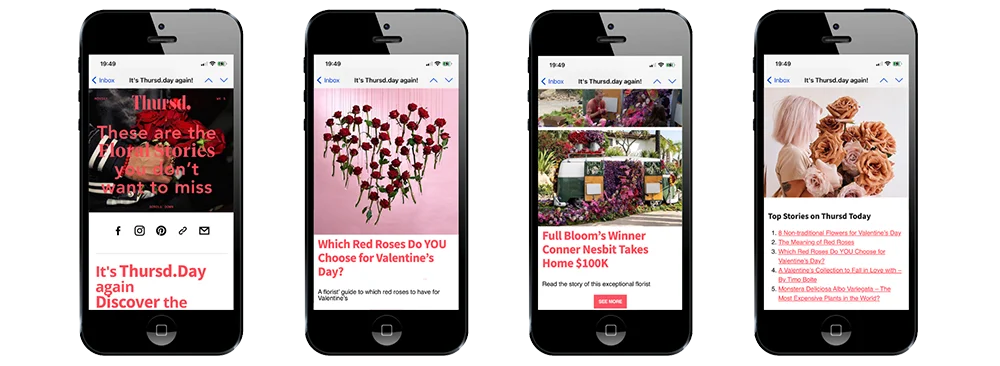Red flowers have always carried a special weight. They appear in moments of love and celebration, as well as in rituals, remembrance, and seasonal traditions. The color itself is strong and commanding, and it continues to shape how flowers are used around the world. This article explores the leading types of red flowers, where they come from, how they are used in design, and what to consider if you’re growing them in the garden.
What Is the Symbolism and Meaning of Red Flowers?
Across cultures and history, red flowers have carried powerful meanings. They are most often associated with passion, love, and romance, which is why red roses dominate Valentine’s Day sales worldwide. Beyond romance, red can also signify strength, courage, and respect, making red flowers a common choice for commemorations, awards, and moments of honor. In some traditions, red is linked to prosperity and vitality, where gifting or displaying red flowers is thought to attract good fortune.

The intensity of the shade often shifts the symbolism as well—deep crimson suggests deep commitment and sacrifice, while brighter scarlet tones can symbolize energy, enthusiasm, and celebration. Whether gifted in bouquets, used in ceremonies, or planted in gardens, red flowers remain one of the strongest visual languages of emotion in the floral world.
Red Roses
No flower is tied to the color red more than the rose. From Valentine’s Day to weddings, roses have long been the symbol of romance and intensity. Different varieties are bred for head size, stem length, and durability, and they are cultivated across major flower-growing regions in Africa, Europe, and Latin America. Classic varieties like Roses Ever Red, Rhodos, Madam Red, and Freedom continue to hold strong positions, while new introductions like Rose Born Free expand the range with richer tones and improved vase life.
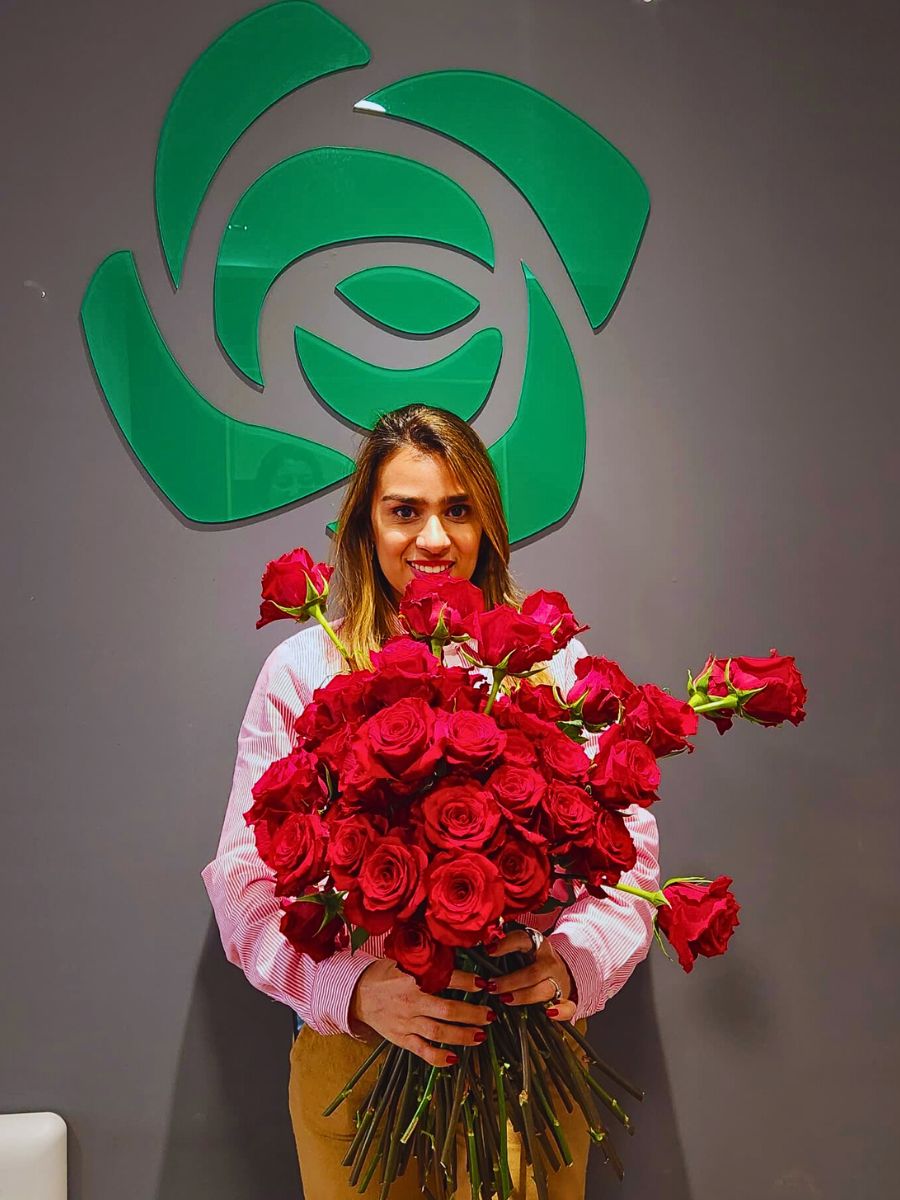
In design, red roses are timeless as single-variety bouquets or as anchors in mixed arrangements. They pair easily with neutral tones or can stand alone for maximum impact. In the garden, roses require consistent care: full sun, pruning for airflow, and monitoring for common issues such as mildew and blackspot. Resistant varieties are recommended in regions with high humidity.
Red Dahlias
Dahlias bring a different kind of drama. Their layered forms and saturated red shades dominate late summer and fall. They are grown both in fields and greenhouses across Europe, Africa, and the Americas, and many small growers focus on seasonal harvests for local markets.
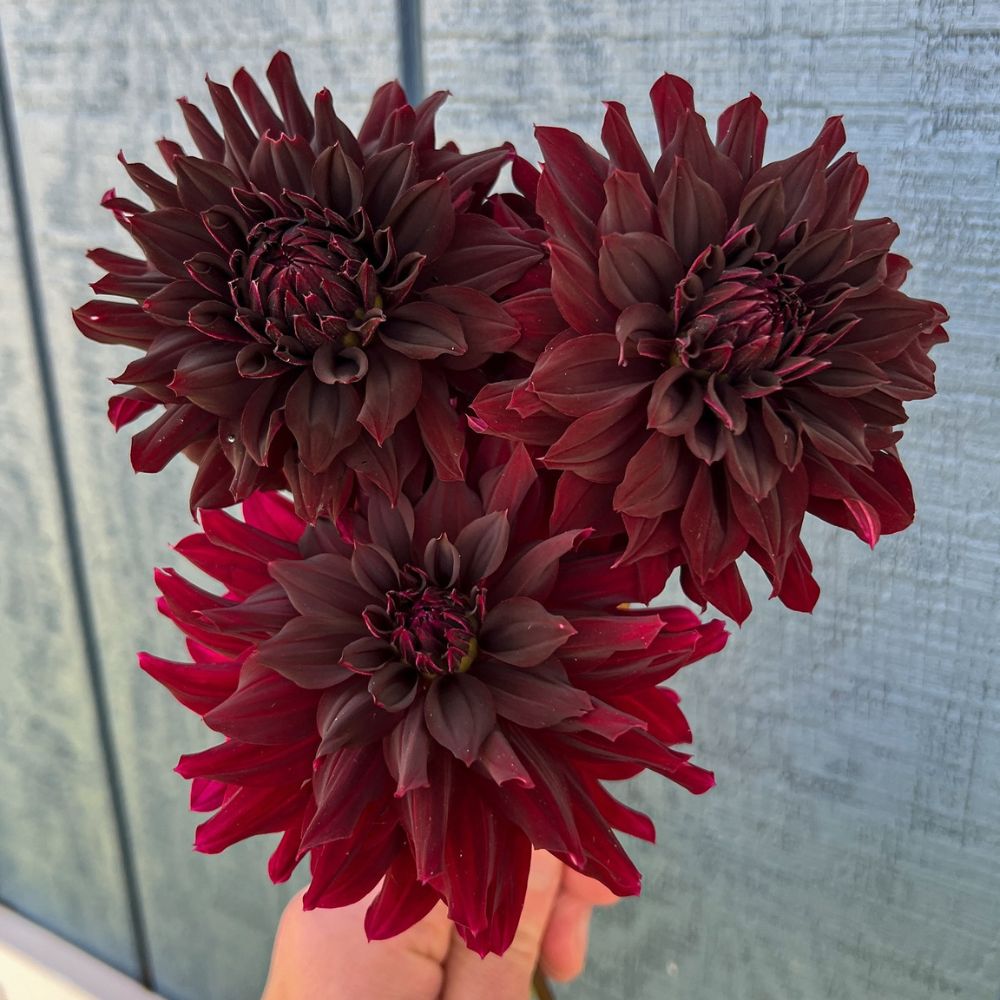
Florists rely on red Dahlias as statement flowers. They can carry a bouquet on their own, or they can be blended with grasses and autumn foliage for seasonal richness. In gardens, Dahlias need sun, regular feeding, and staking. In colder climates, tubers should be lifted after the season or heavily mulched to survive frost.
Red Chrysanthemums
Chrysanthemums are valued for their variety and resilience. Red cultivars are common in sprays, disbuds, and pompons, offering long vase life and strong color saturation. Large production areas in Europe and Latin America keep them available year-round, with new breeding programs focusing on richer pigments and compact growth.
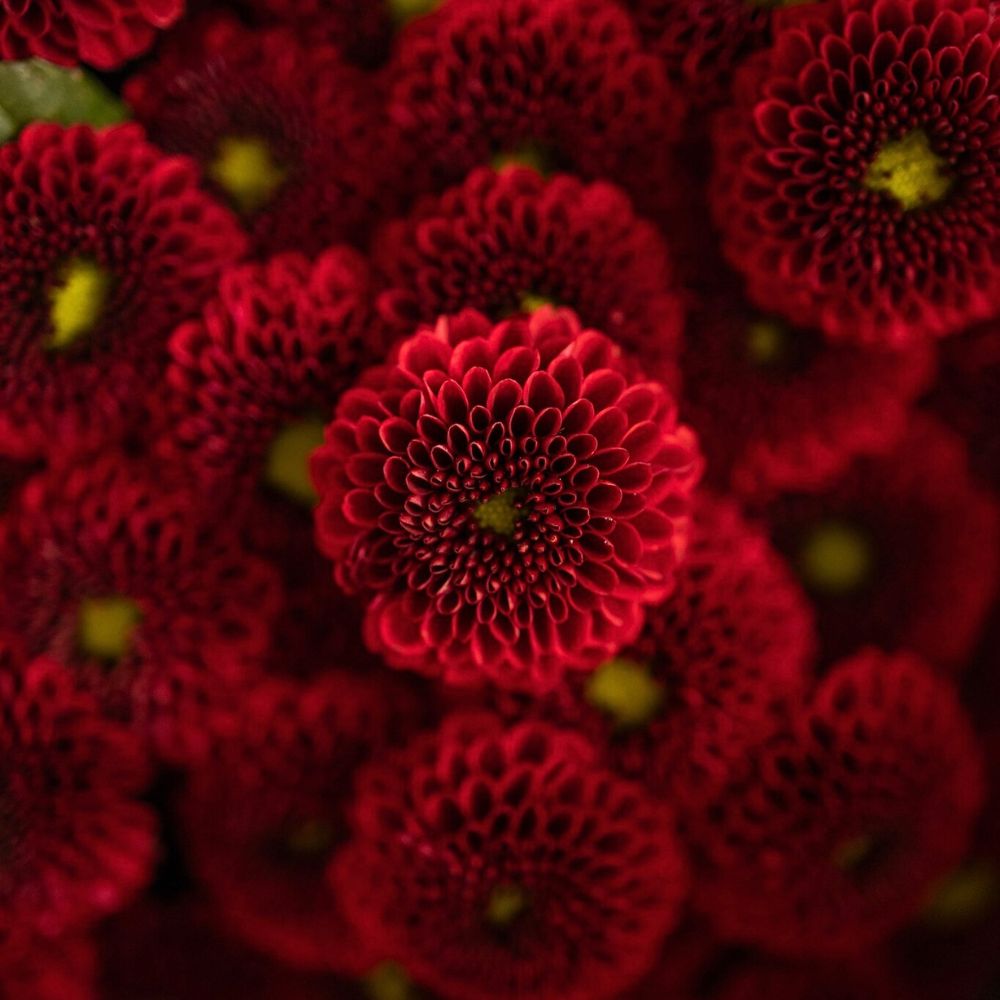
In design, red Chrysanthemums are versatile: a single disbud makes a bold statement, while sprays provide volume for events and retail arrangements. In gardens, they are rewarding but need attention to spacing and airflow to avoid mildew. Pinching young plants helps them branch, creating fuller and more productive shrubs.
Red Alstroemerias
Also known as Peruvian lilies, red Alstroemerias are known for their vase life and reliability. They are cultivated in large volumes and appear frequently in retail bouquets. Their streaked petals add movement and color variation within the red spectrum.
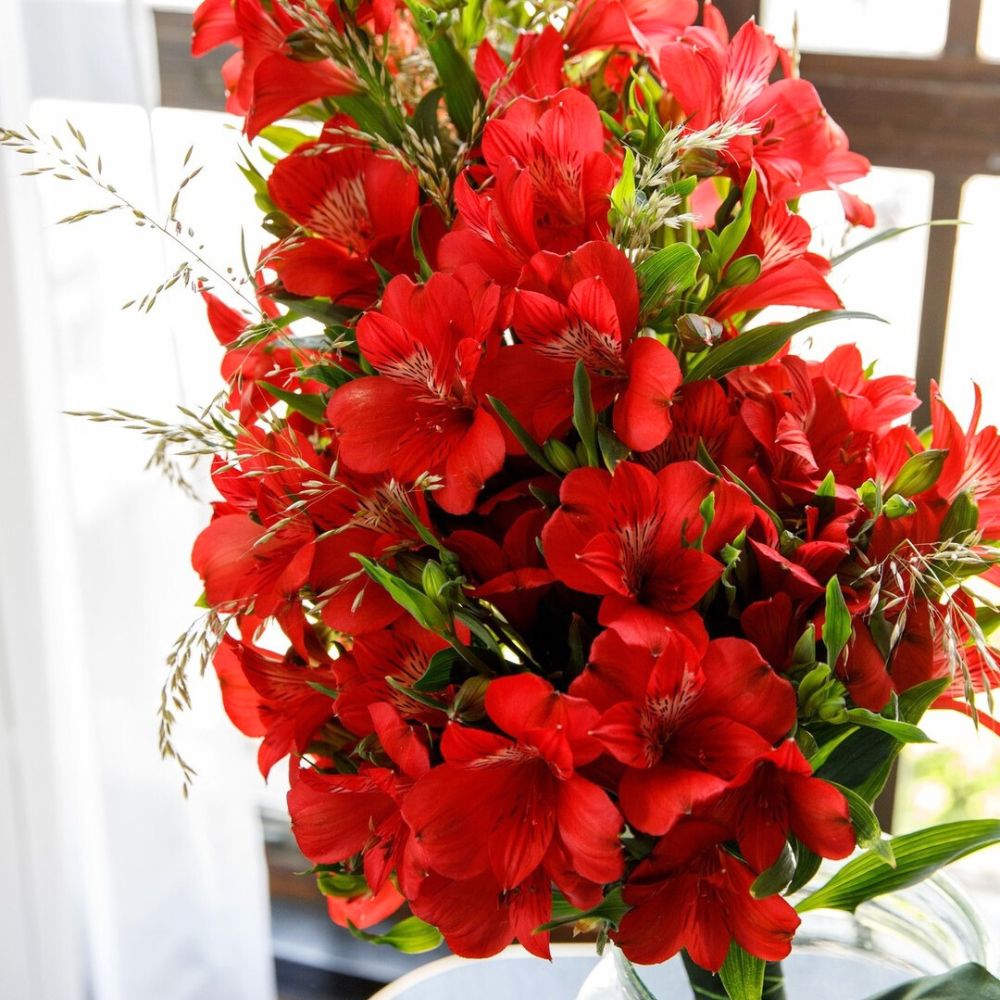
Designers often use them as supporting stems, bridging focal flowers like roses and Dahlias. At the same time, a bunch of red Alstroemerias alone provides excellent value and impact. In the garden, they return each year in mild climates but may need protection from frost. Regular harvesting or pulling of stems encourages new growth.
Christmas Red Flowers
The holiday season has its own set of signature reds. Poinsettias dominate December displays with their bright bracts, while Amaryllis and cyclamen offer both cut and potted options for indoor décor. These flowers are tied to festive traditions in Europe, the Americas, and beyond, with production timed carefully to meet demand in late November and December.

For design, Poinsettias are seen in retail programs and corporate spaces, while Amaryllis delivers tall, architectural stems for modern arrangements. Cyclamen, compact and long-lasting, works well for gifting. Gardeners can grow Amaryllis indoors during the winter and move them outside in spring, while Poinsettias generally remain as indoor plants in cooler regions.
Red Flowering Currant
Red flowering currant (Ribes sanguineum) is a spring-flowering shrub popular in temperate gardens. Its hanging clusters of red blossoms attract pollinators and bring color early in the season. It thrives in Europe and coastal regions with cool summers, though it can also adapt to higher elevations in other parts of the world.
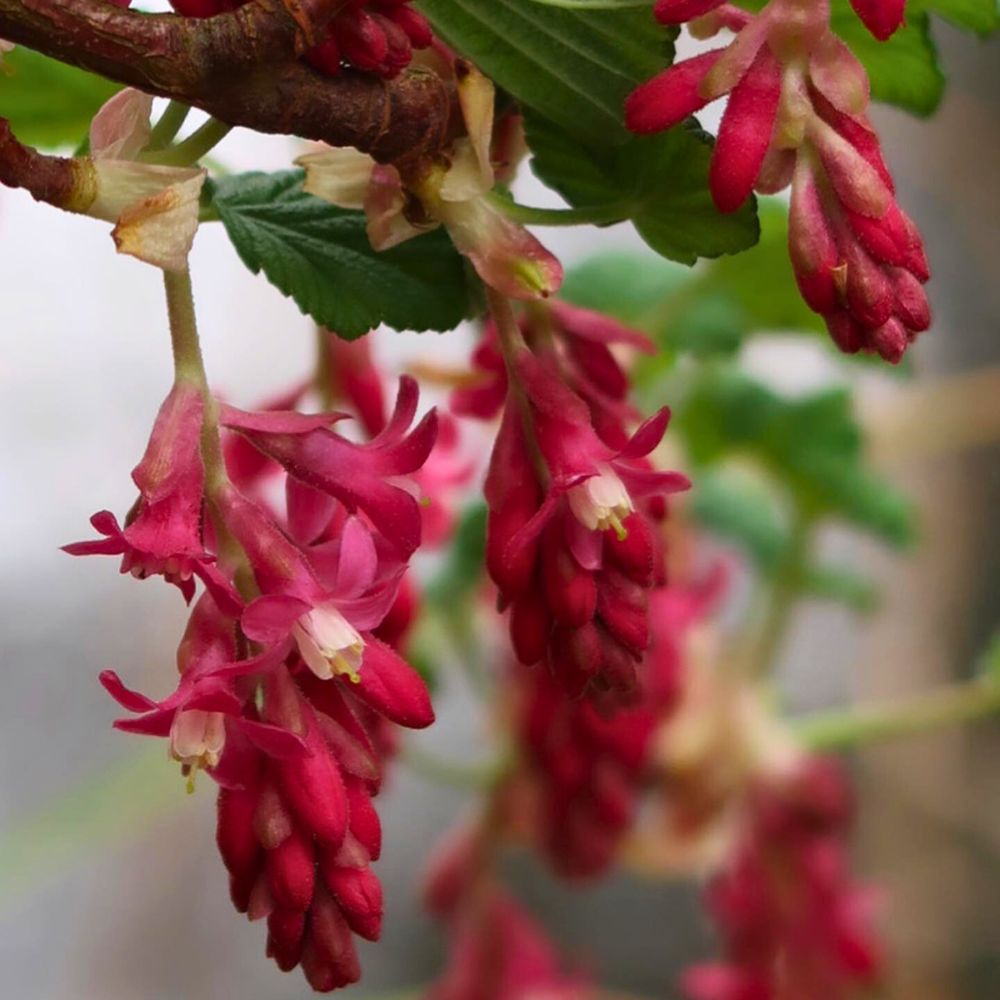
In garden settings, it needs sun to partial shade and well-drained soil. After flowering, pruning helps maintain a balanced shape. It also provides seasonal branches that can be used in natural floral designs. In hot or humid climates, however, this plant may not thrive.
Red Flowering Bushes
Several shrubs provide dependable red color outside of seasonal cut flowers. Camellias, azaleas, and hibiscus are among the most popular. Camellias bloom in late winter and early spring, producing rich red forms in regions with mild winters. Azaleas burst with color in spring and are widely used in landscapes, while hibiscus provides continuous flowers in tropical and subtropical climates.
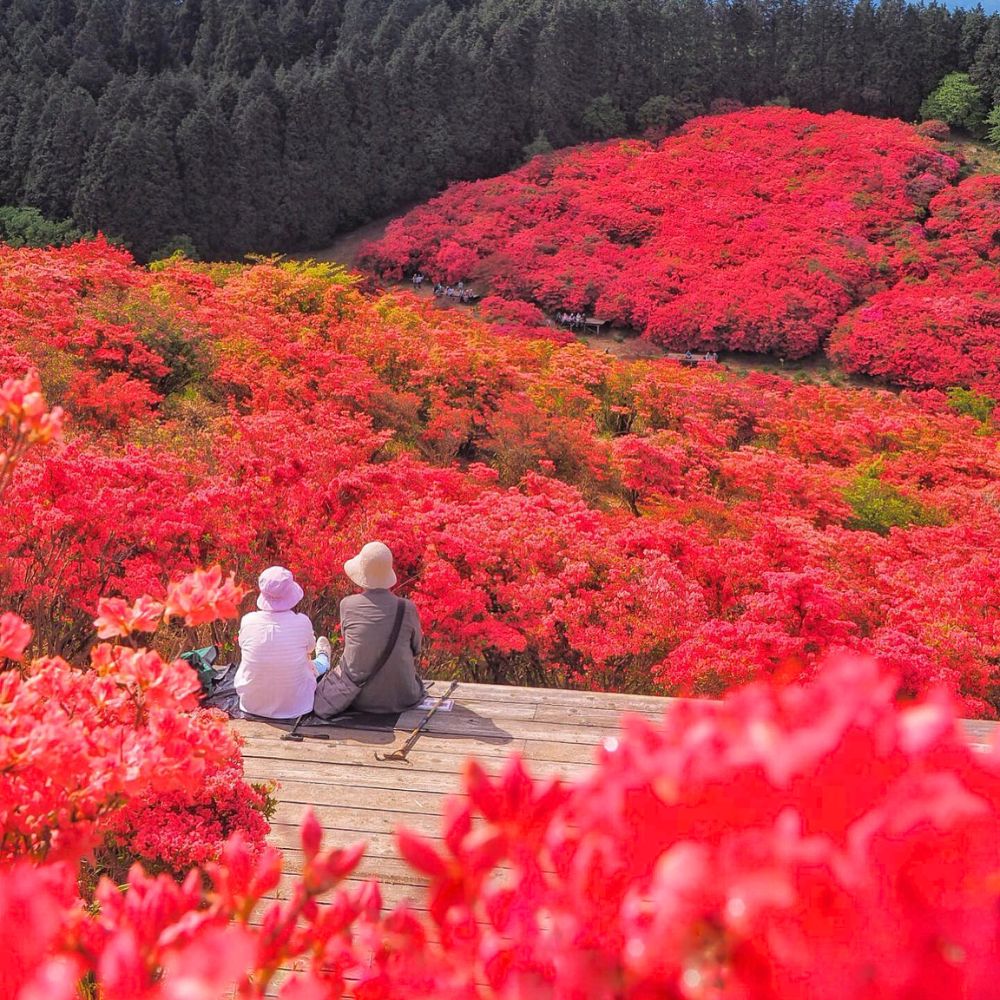
In floral work, camellia foliage is also prized for its glossy leaves. Hibiscus is less common as a cut flower but holds strong in outdoor décor and landscaping. For gardeners, Camellias and azaleas prefer acidic soils with steady moisture, while hibiscus thrives in sun and warmth, benefiting from regular feeding and pruning.
Other Notable Red Flowers
Beyond the well-known roses, tulips, and carnations, many other red flowers hold significance in both gardens and floral design. Geraniums, with their long flowering season, are often used in borders, pots, and balcony displays across Europe and Latin America. Zinnias thrive in warm climates, offering a reliable splash of scarlet through the summer, while Gladiolus spikes are favored for both home gardens and large-scale floral arrangements. Hibiscus brings a tropical feel, widely grown in Latin America and coastal regions where its large red blossoms symbolize vitality.
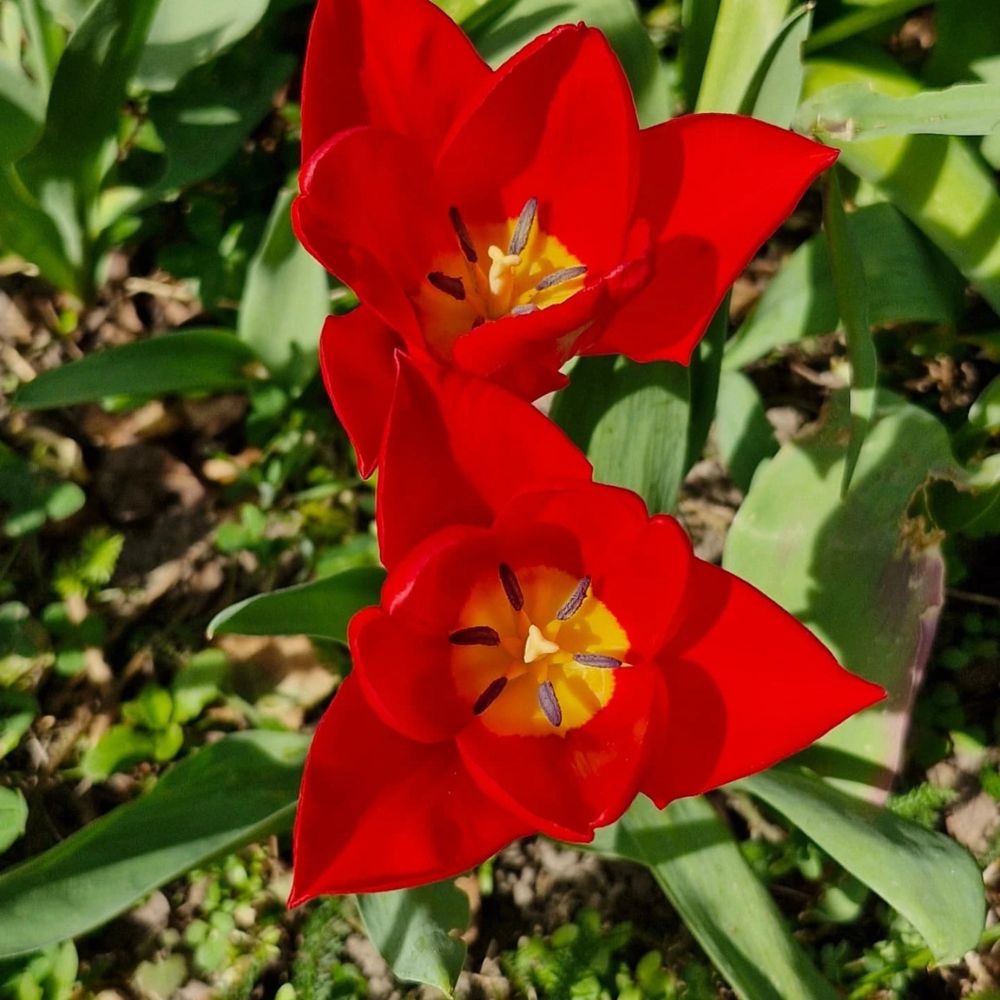
In professional cut flower production, anthuriums and celosias provide unique textures that stand out in contemporary design. Chrysanthemums, especially in autumn, are essential in markets worldwide for their endurance and cultural ties to remembrance and celebration. Each of these flowers shows how red extends across diverse forms, from structured stems to bold, architectural blooms, giving designers and gardeners a wide palette of choices beyond the classics.
Trends in Red Flowers
The focus in recent years has been on achieving deeper, more stable reds that hold under transport and different lighting conditions. Vase life and resistance to bruising remain essential, while breeding also targets disease resistance in plants. Sustainability has become a driving factor, with more growers adopting water-saving methods, renewable energy, and eco-certifications.
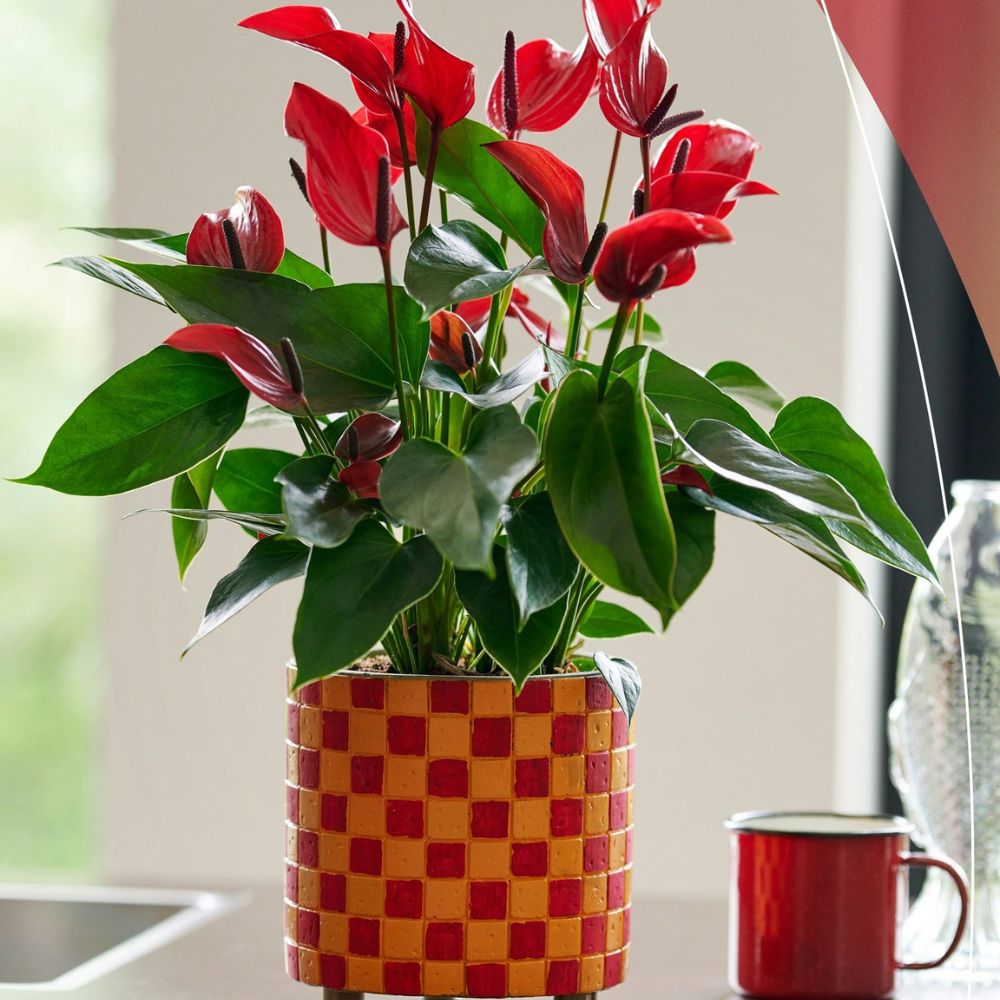
In design, red is moving beyond its traditional holiday associations. Tone-on-tone palettes with multiple shades of red and burgundy are popular in weddings and events, while monochrome bunches of Chrysanthemums, carnations, or alstroemerias appeal to retail buyers.
Design Ideas with Red Flowers
Designers use red strategically—either as the central focus or as a bold accent. In wedding work, red roses or Dahlias often anchor arrangements, while Alstroemerias or carnations add supportive texture. For events, large installations combine multiple shades of red for depth. In everyday bouquets, pairing red with white or pink creates balance, while mixing it with orange or burgundy produces warmth.
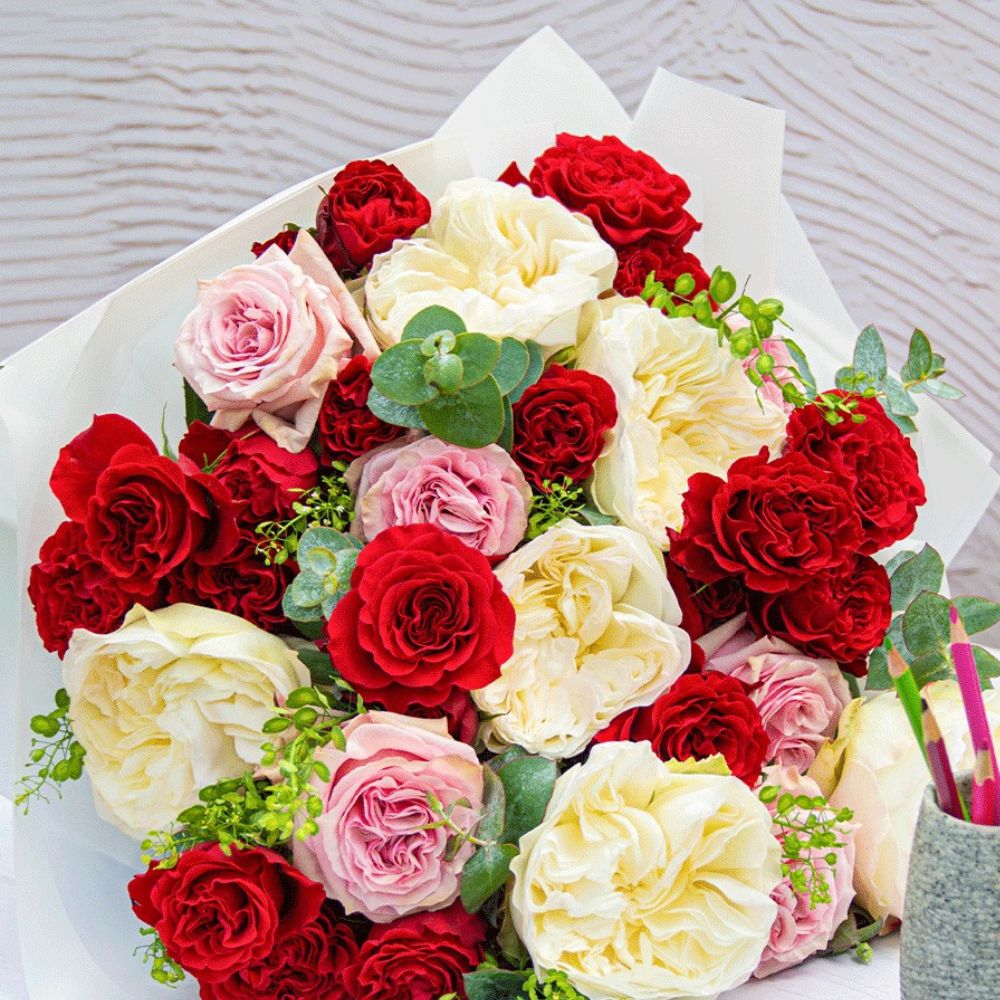
Foliage like Eucalyptus or Ruscus is often used to frame red flowers and soften intensity. For gardeners, mass plantings of red Geraniums or Salvias create striking displays, while single-stem plants like Hibiscus add focal points in borders.
Seasonal Highlights for Red Flowers
Red flowers hold strong cultural and aesthetic value year-round, but their presence takes on different meanings depending on the season. Each time of year offers unique opportunities for these flowers to shine, both in gardens and in design.
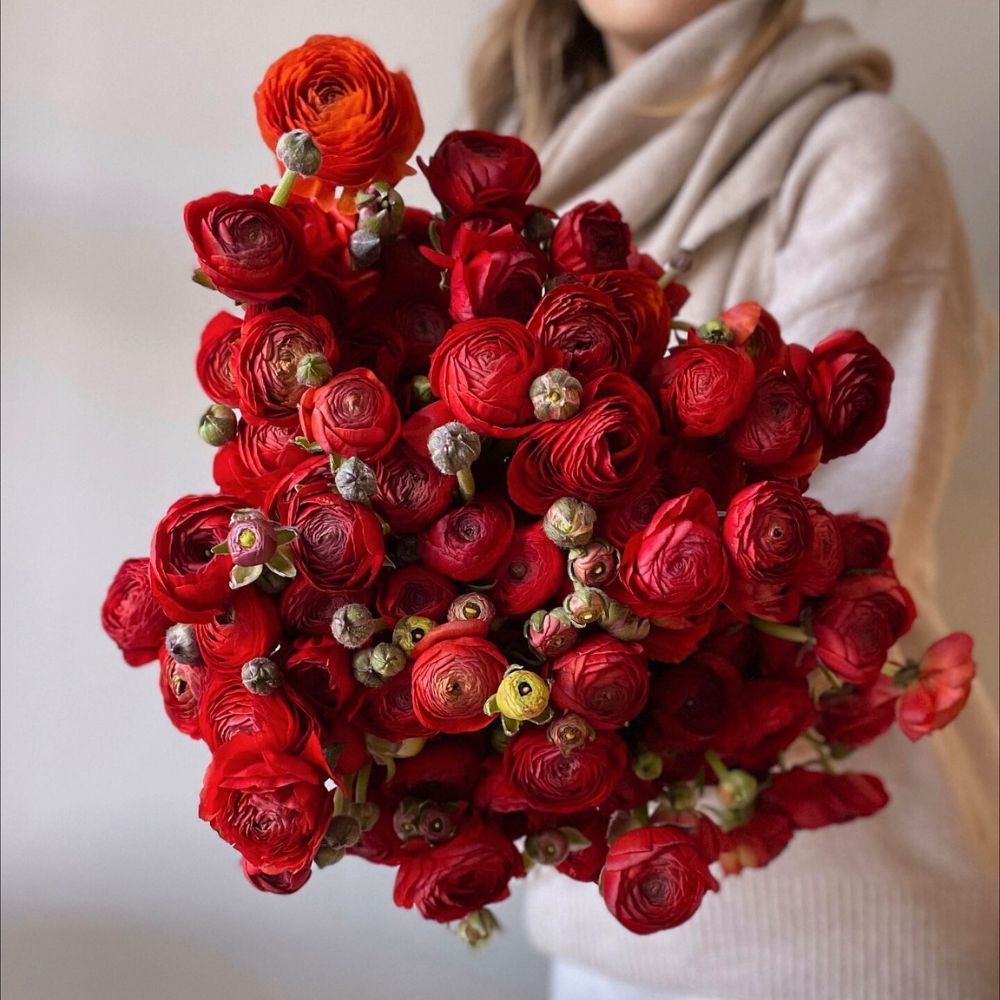
Spring marks the return of red tulips, Ranunculus, and red flowering currant. These early-season flowers are popular in both cut arrangements and gardens, symbolizing renewal with a bold edge of passion and strength. In temperate gardens, red camellias also make a striking appearance, while florists often highlight Ranunculus for their intricate layers in seasonal weddings.
Summer is dominated by red roses, Dahlias, geraniums, and Alstroemerias. This is the season of abundance, and red varieties often carry center stage in mixed bouquets or stand proudly in home gardens. Dahlias, in particular, peak in summer to early autumn, offering both decorative garden impact and dramatic cut flower appeal. Summer landscapes also benefit from red flowering bushes, like hibiscus or bougainvillea, which thrive in warm climates such as Latin America and parts of Southern Europe.
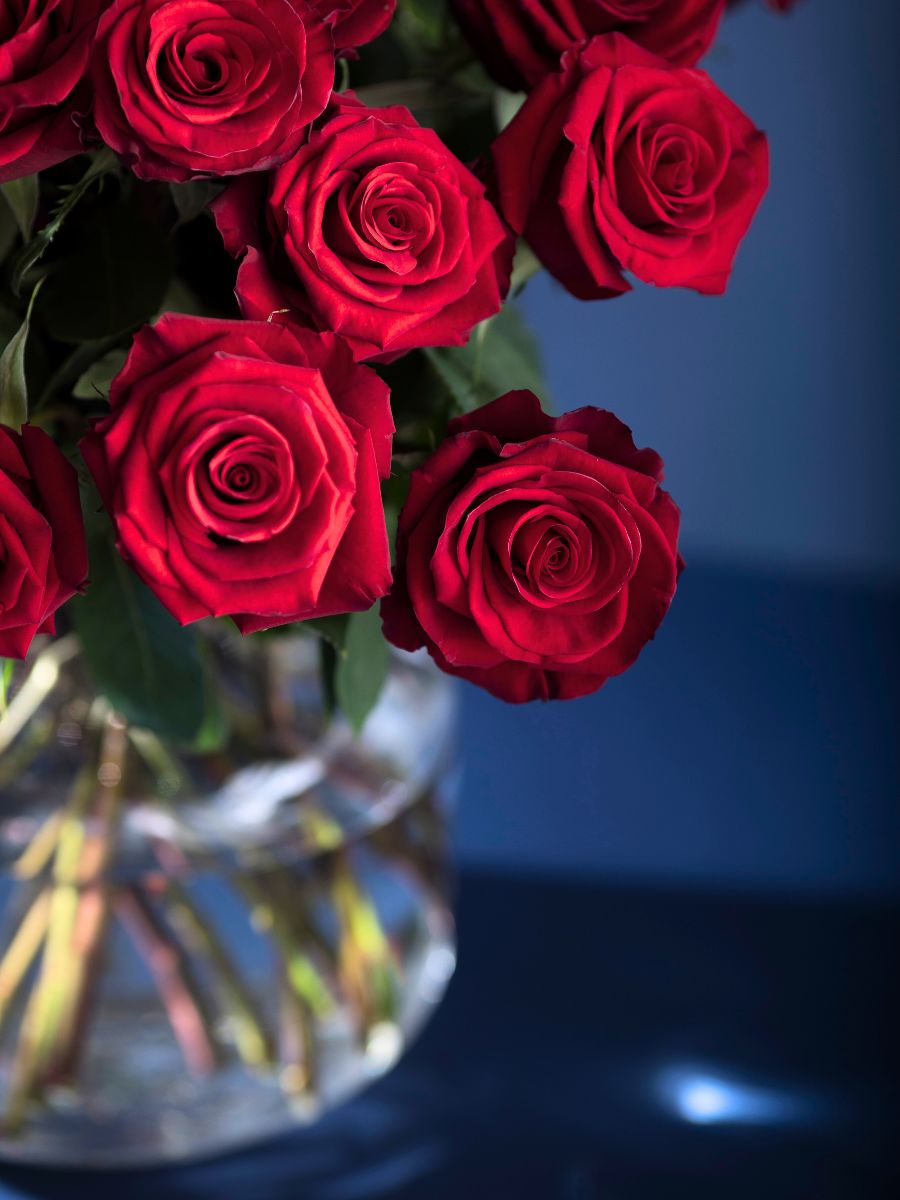
Autumn brings depth and warmth with Chrysanthemums, Celosia, and certain late-season roses. Red Chrysanthemums are particularly symbolic in many cultures—representing longevity, honor, and remembrance—making them important during seasonal festivals and holidays. In garden contexts, red salvias and autumn-blooming perennials help extend color well into cooler months.
Winter is when red flowers take on strong associations with Christmas and festive traditions. Poinsettias and Amaryllis are staples for the holiday season, while red roses also see a surge in demand leading into Valentine’s Day. In warmer regions, winter can still offer garden displays of red camellias or winter-blooming shrubs. For florists, this season leans heavily on red for creating arrangements tied to celebration and warmth.
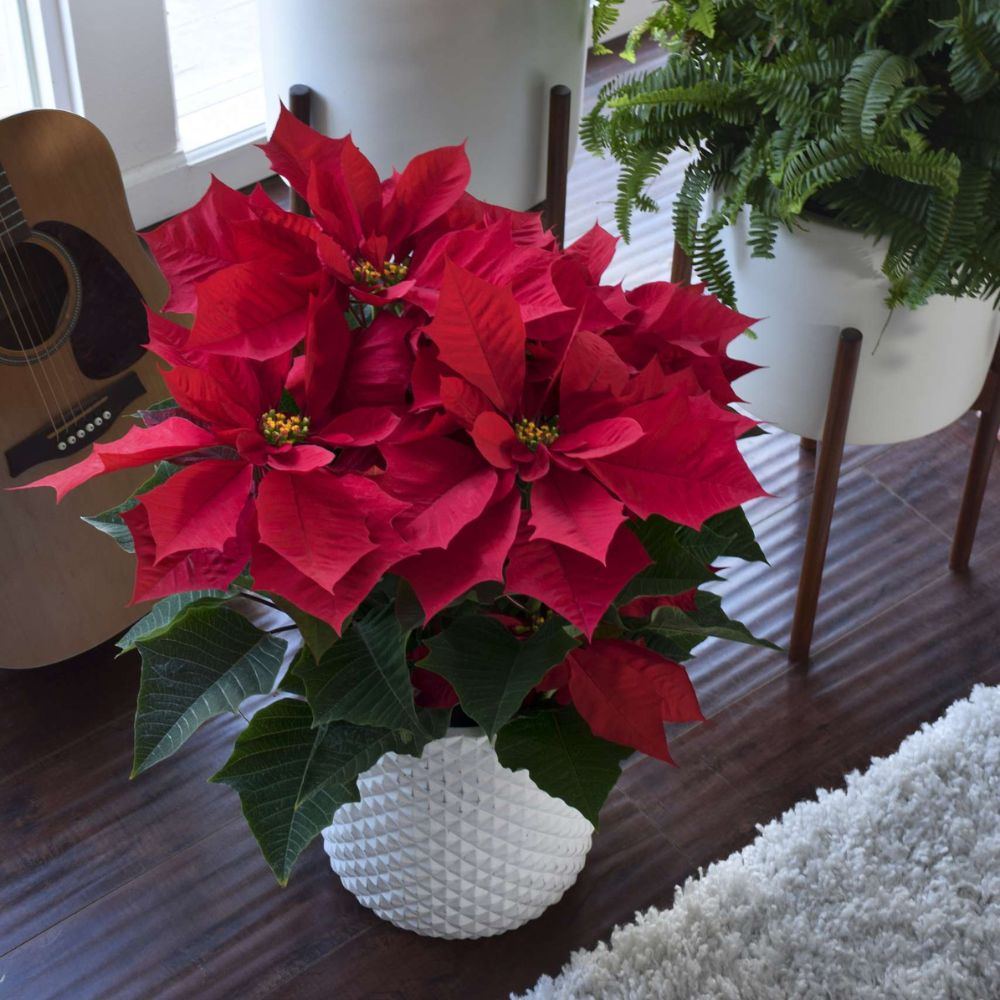
Rinehart Poinsettias from the breeder Danziger
Overall, red flowers adapt seamlessly to the rhythm of the seasons. Their role shifts from symbolizing new beginnings in spring, to vitality in summer, to reflection in autumn, and finally to festivity and intimacy in winter.
Garden Considerations When Growing Red Flowers
If you are growing red flowers at home, consider the climate first. Roses need sun and pruning, while Dahlias need staking and frost protection. Chrysanthemums respond well to pinching and spacing. Alstroemerias like consistent moisture but dislike soggy soil. Red flowering currant works well in cooler climates, while Camellias and azaleas prefer acidic soils. Hibiscus thrives in warm conditions and rewards regular feeding. Matching plant to environment is the surest way to enjoy strong red displays in the garden.

Red flowers never go out of season. They represent passion, festivity, and strength, but they also succeed because of how they perform in arrangements, landscapes, and gardens. From roses and Dahlias to Poinsettias and Camellias, red offers range, depth, and reliability. Whether grown in fields, greenhouses, or home gardens, their role remains the same: to deliver color that speaks instantly and powerfully.
Header image by @Royal Van Zanten, Feature image by @Tessa Roses

